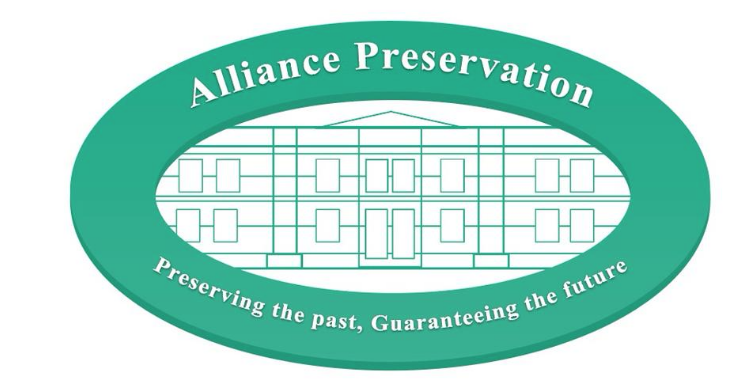Rising Damp
All masonry structures are in one way or another in contact with the ground below them. Thus the moisture content of the substrate can rise by capillary action into porous material such as stone, brick or mortar. The usual route for rising damp is via the mortar joints.
In older properties – those generally built before 1890 – lime mortar was in widespread use. The lime acts as a method of damp extraction from the building via the lime plaster to the inside of the walls. However when this is interfered with by use of modern decorating materials, re-pointing in cement, and through a build up of ground salts in the plaster this can give rise to the permanent presence of rising damp. The plaster acts as a sort of blotting paper over the mortar joints absorbing moisture from them and spreading to form the typical band of dampness with tide mark edge associated with rising damp. The ground salts – chlorides and nitrates – crystallising and turning to solution within the plaster and attracting moisture such as condensation from within the structure – can continue to give the appearance if rising damp even when an effective new damp course has been installed. Consequently it is usual to recommend replastering at the time of damp proofing works.
The aim of an effective damp course is to prevent this by introducing a none porous material. The public health acts of the last quarter of the 19th century made the installation of a damp course a building regulation. During construction works none porous material can be inserted into the joints of a building. This has included such materials as lead, slate, bituminous material, plastic damp course roll, double staggered engineering brick. Over the decades lead becomes porous, bitumen becomes brittle and cracks, plastic can also deteriorate. Settlement of buildings can also cause such materials to break and become less effective.
In the 1990′s North Yorkshire Trading standards tested samples of plastic damp course material and found a high proportion of it to be defective – that was before it was used. The effectiveness can be further hampered by careless handling of the materials on site and during the installation process.
The remedial damp proofing recommendations are to inject a silicone product into the mortar joints to form an effective damp barrier by lining the pores to negate porosity.
Products used depend on the type of wall and materials used in its construction and include the following -
Silicone fluid – Introduced by electric pump through holes drilled into the wall at the desired height.
Silicone gel or cream - Introduced into the mortar joint – especially useful on party walls where disruption is to be minimised in compliance with the Party All Act of 1997.
Injection mortar to form a continuous barrier of salts within the wall blocking capillaries.
An electro osmotic damp proofing system is also available. An electrical current is introduced into the wall which reverses the polarity of charge within the wall and acts to stop creep of water molecules up the porous structure.
All systems have their uses and suitabilities and our experienced and qualified surveyors can advise you further at the time of our inspection.
